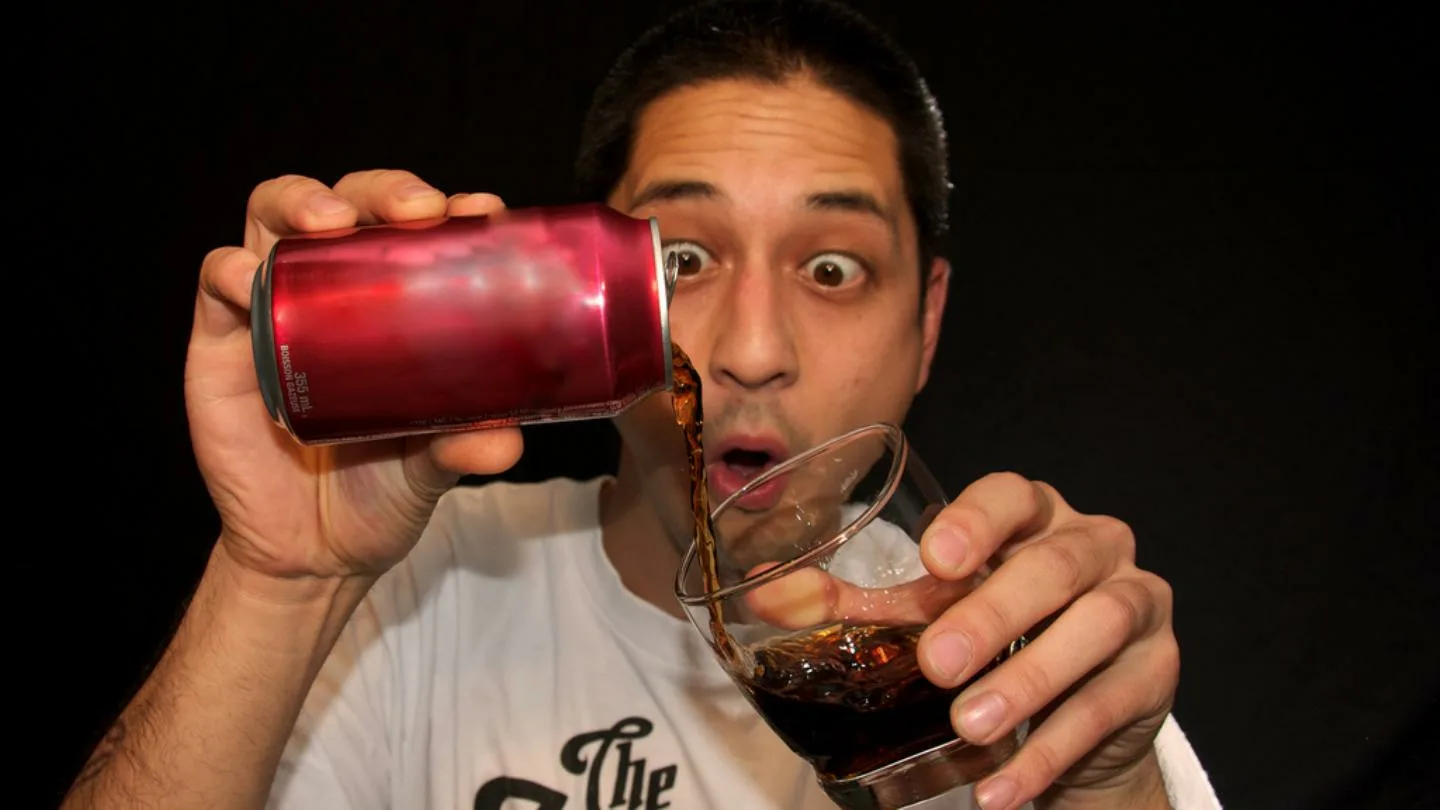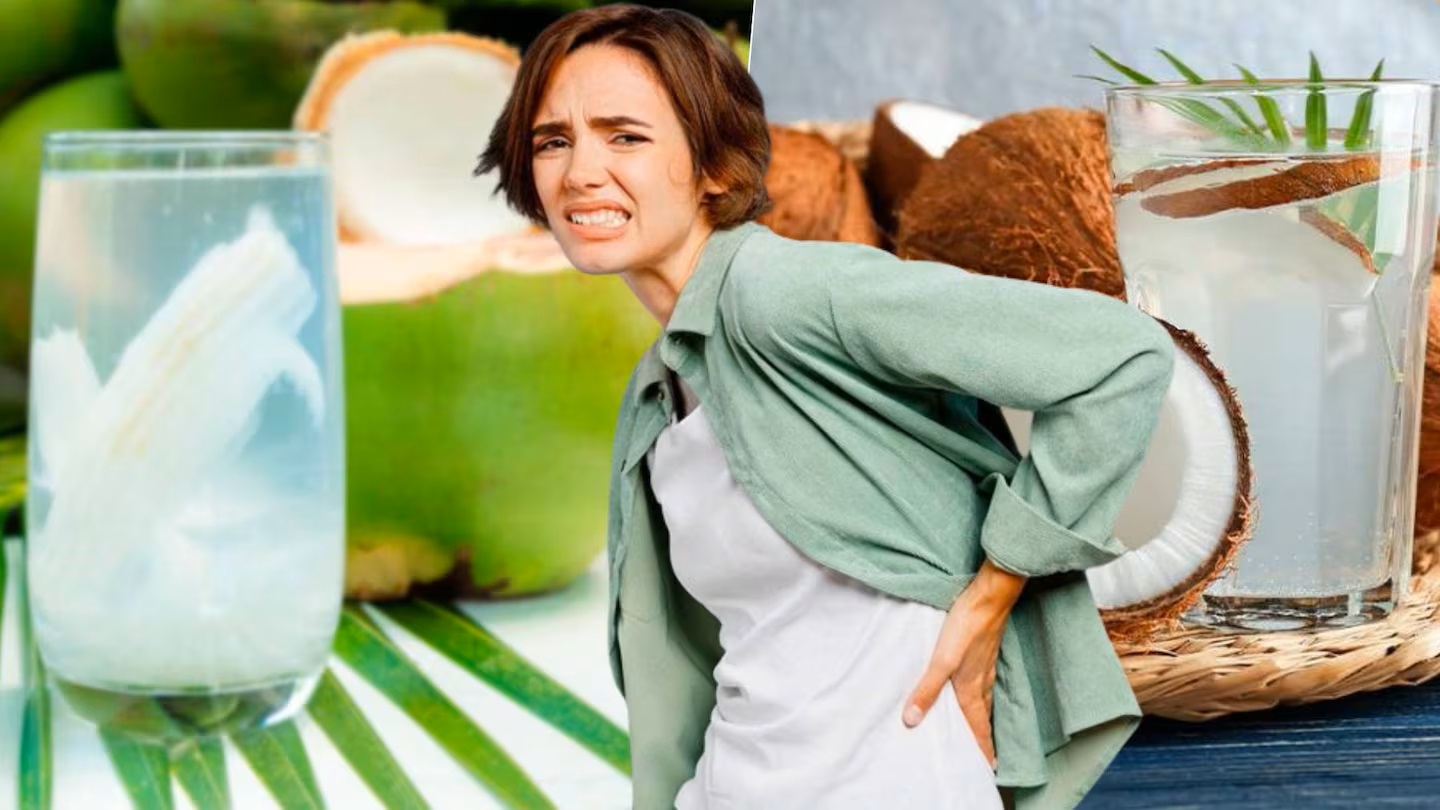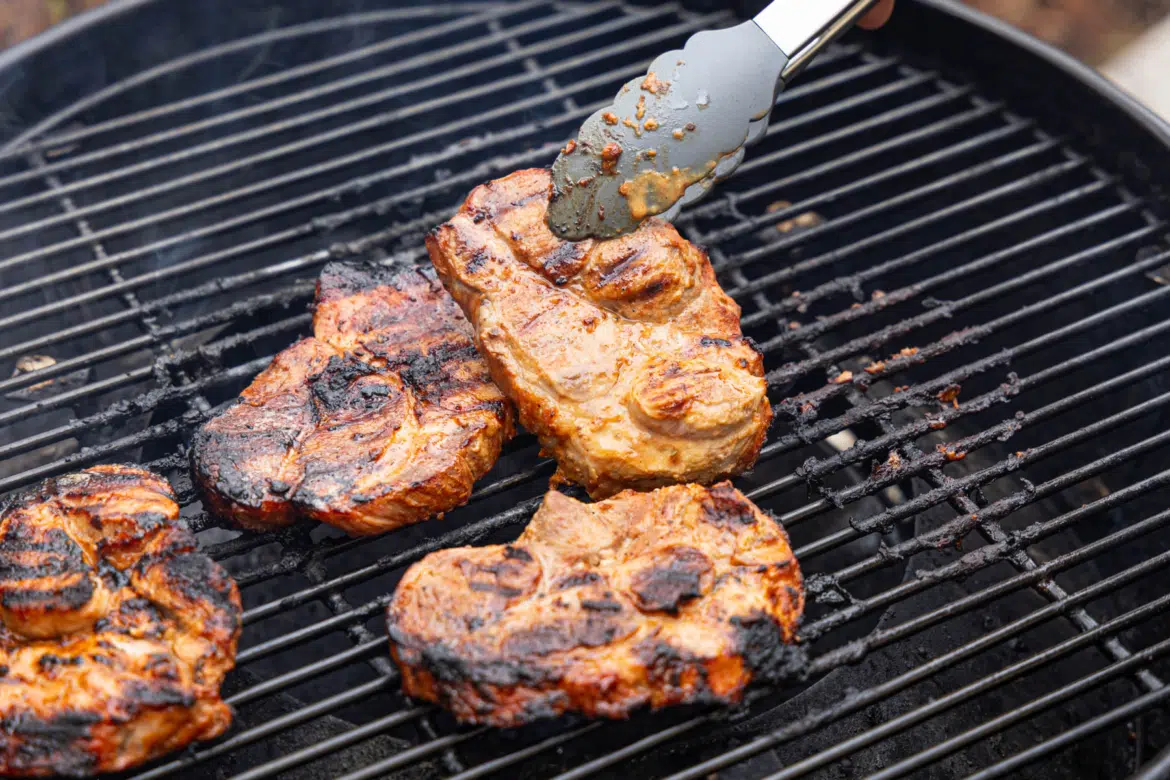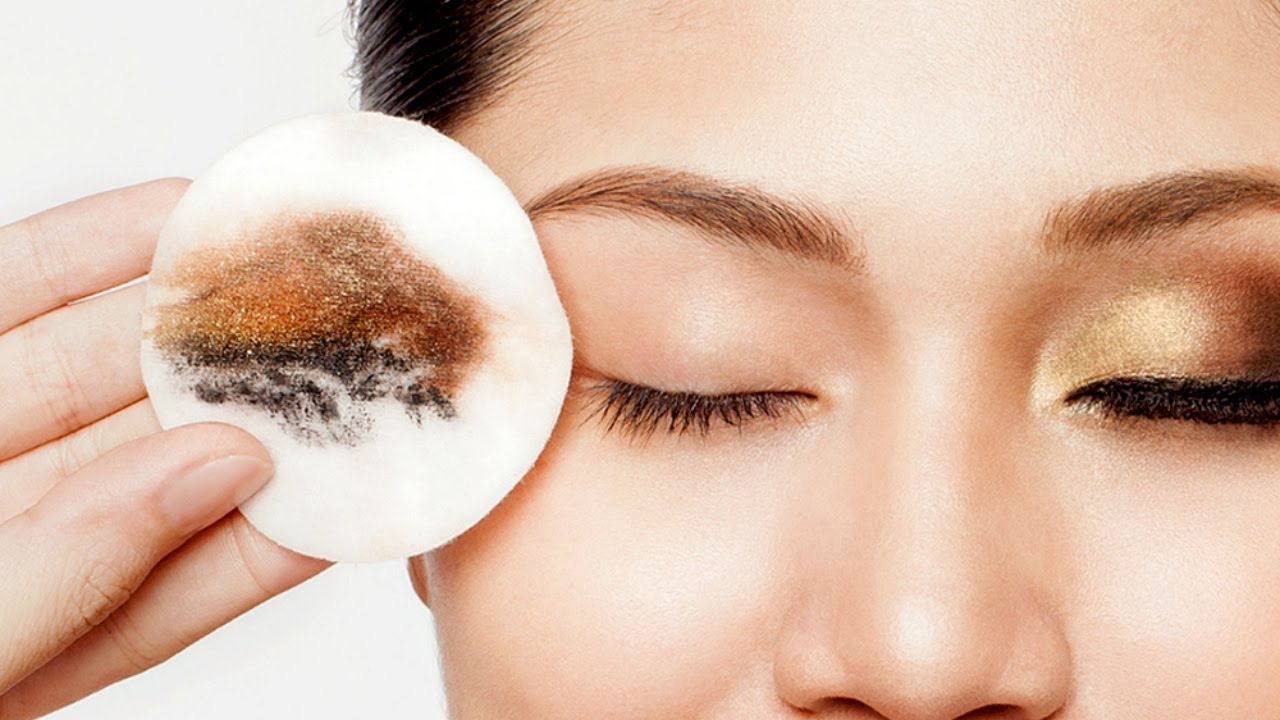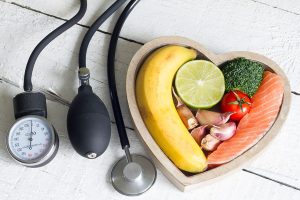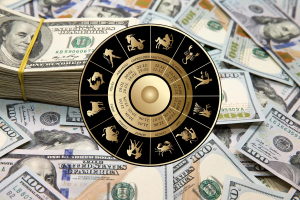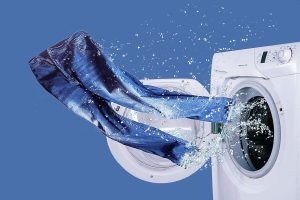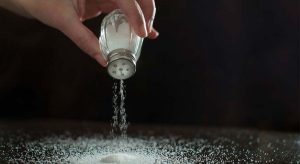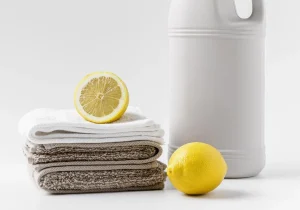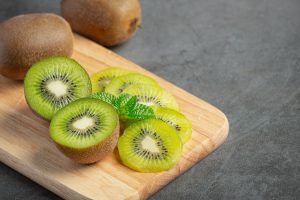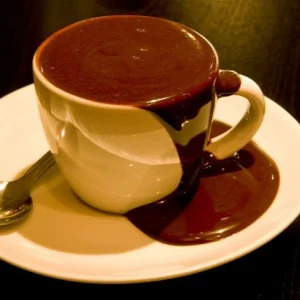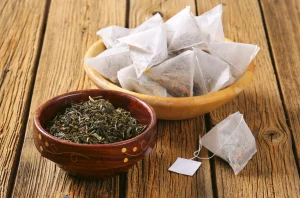- In other words, the question would be: which is worse – sugar or alcohol?
- We also analyzed the “without” versions. Which is better?
- It’s not the same, even if it seems so: the differences between non-alcoholic beer and beer without alcohol
This may seem like an absurd argument, since it’s like choosing between fear and death (meaning humor), but it’s a question that often comes up in bar conversations. So, below we will attempt to provide an answer. For the sake of comparison in both cases, we will use a standard sized can as a benchmark , i.e. 330 ml .
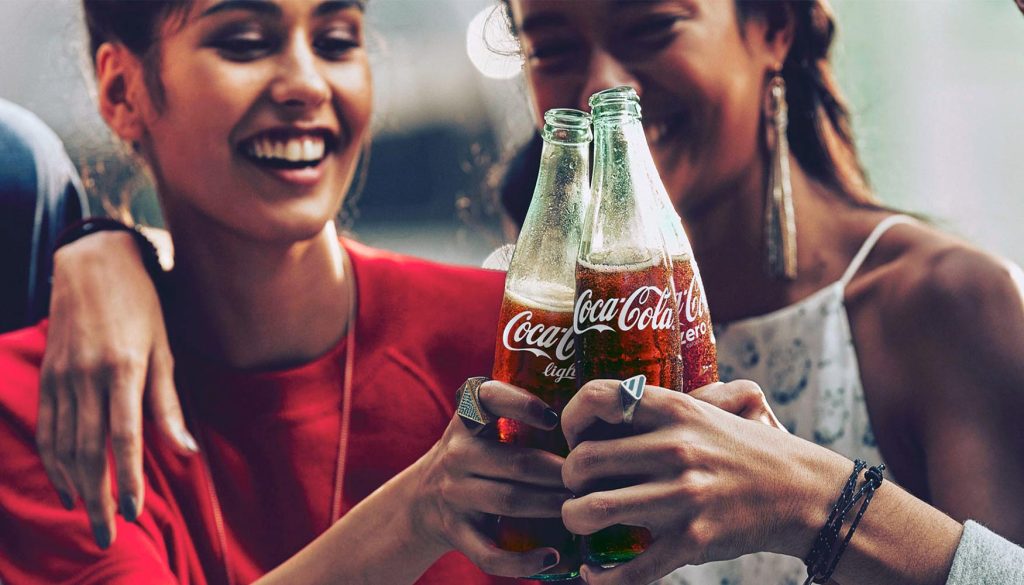
Aspects of concern regarding the soft drink cola: sugar
If we look at the composition of a common soft drink like “cola”, we see that the most remarkable aspect in terms of its health effects is the high sugar content. The most consumed brand contains 10.6% sugar, which means that when we drink a 330 ml can we consume 35 grams of sugar. To give you an idea, this is equivalent to about seven teaspoons. That is to say, it is a very significant amount. Regularly consuming large amounts of sugar increases the risk of tooth decay, obesity, type 2 diabetes and other metabolic diseases.
That’s why the World Health Organization (WHO) recommends that sugar intake should be less than 10% of the total daily calorie intake. This means that an adult should not consume more than 50 grams of sugar per day. It also states that if you reduce your daily intake to less than 5%, you can get an additional benefit, which is equivalent to 25 grams of sugar. As we can see, the consumption of one can of cola already exceeds this amount.
In any case, these WHO recommendations have been heavily criticized by those who believe that the amounts stated are set somewhat arbitrarily.
That’s why it might be more appropriate to contact the European Food Safety Authority (EFSA), which has also tried to set a limit for health recommendations. However, after analyzing thousands of studies, they were unable to set an acceptable maximum intake and recommended that the intake of added sugar be reduced as much as possible. In other words, this means that we should avoid sugary carbonated beverages as much as possible.
Aspects concerning beer: alcohol
As we can imagine, the most worrying aspect of beer is the alcohol content, which is around 5%. This means that when we drink a 330 ml can we consume about 14 grams of alcohol.
Alcohol consumption, even in moderate amounts, increases the risk of various diseases such as liver damage, cardiovascular disease and various types of cancer. It is also a source of “empty calories”, that is, “nutrient-free” (specifically, about 150 kcal per can), so drinking alcohol also increases the risk of obesity and related diseases. Therefore, it is recommended to avoid drinking alcohol.
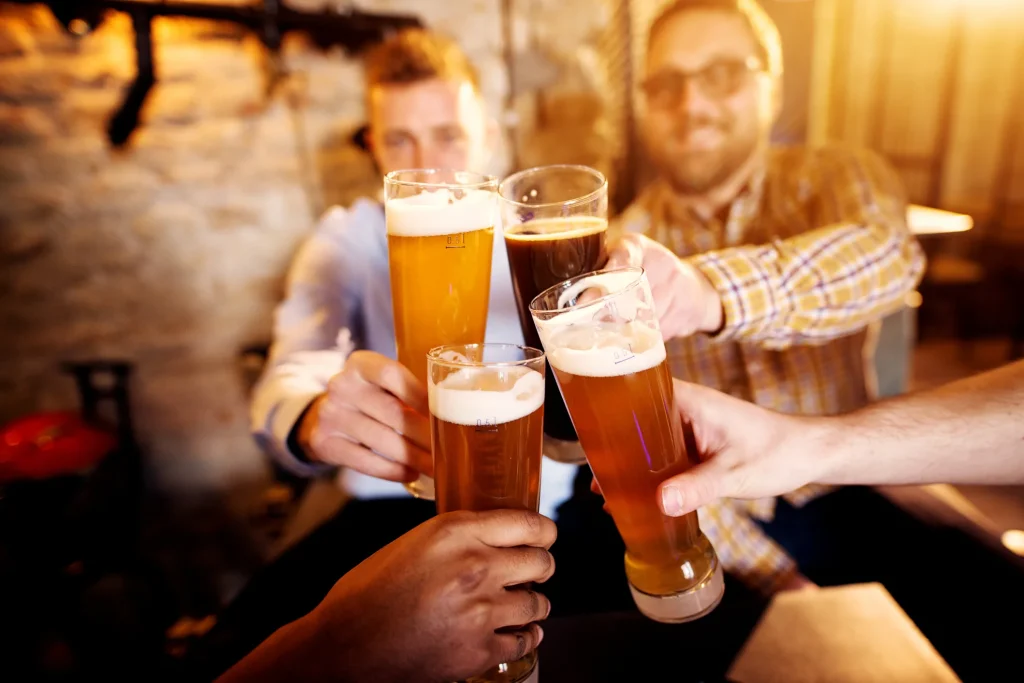
So what happens if we choose the “without” options?
If the problem with cola is sugar and the problem with beer is alcohol, we might think that the solution would be to consume the sugar-free and alcohol-free versions respectively. In principle, these are the best options, especially when it comes to beer, of which there is no doubt. But let’s take a closer look at it.
Sugar-free cola
Sugar-free colas often use sweeteners such as aspartame, acesulfame potassium or sucralose. This has several obvious advantages. Since it contains no sugar, its calorie content is virtually zero, it does not cause tooth decay, and it does not cause problems associated with excessive sugar consumption such as type 2 diabetes.
On the other hand, it should be noted that sweeteners are safe for health, but there is some controversy regarding their effects on certain aspects. For example, some studies show that certain sweeteners can alter the gut microbiota. They may also increase cravings for sweet foods, which can lead to undesirable eating patterns.
Non-alcoholic beer
Non-alcoholic beer also has distinct advantages because it does not contain alcohol, thus avoiding the associated risks we mentioned earlier: liver damage, various cancers, etc. In addition, we significantly reduce our calorie intake (one can contains about 50 kcal compared to 150 kcal in the regular version).
Perhaps the only disadvantage is the free sugar content from barley, which is usually around 4g per 100ml, i.e. around 13g of sugar per jar.
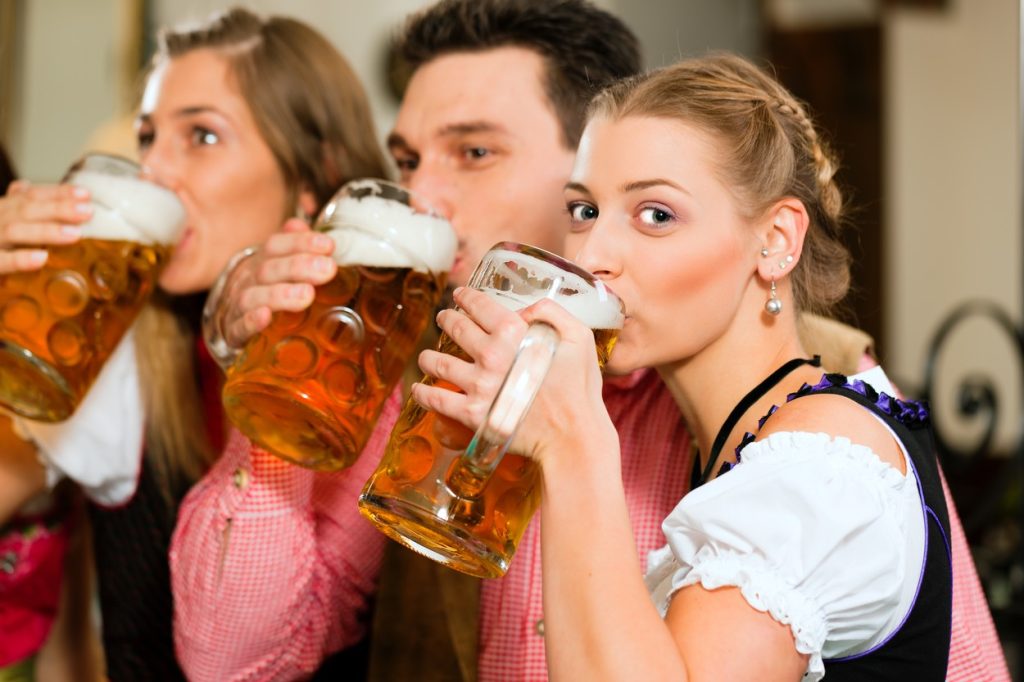
Final rating
If we were to make a ranking comparing these four drinks, we can already imagine the conclusions:
- If we compare Coke with beer, Coke would be a bad choice because of its high sugar content, and beer would also be a bad choice because of its alcohol content. That is, neither choice is good, but if we choose one, we can say that beer is worse because there is no safe dose of alcohol consumption.
- If we compare sugar-free cola and non-alcoholic beer, we can say that the latter option is better because it doesn’t create the uncertainty that comes with sweeteners.
In the end, the best option out of the four would be non-alcoholic beer. In any case, it is better to favor other, more recommended beverages, such as water.
